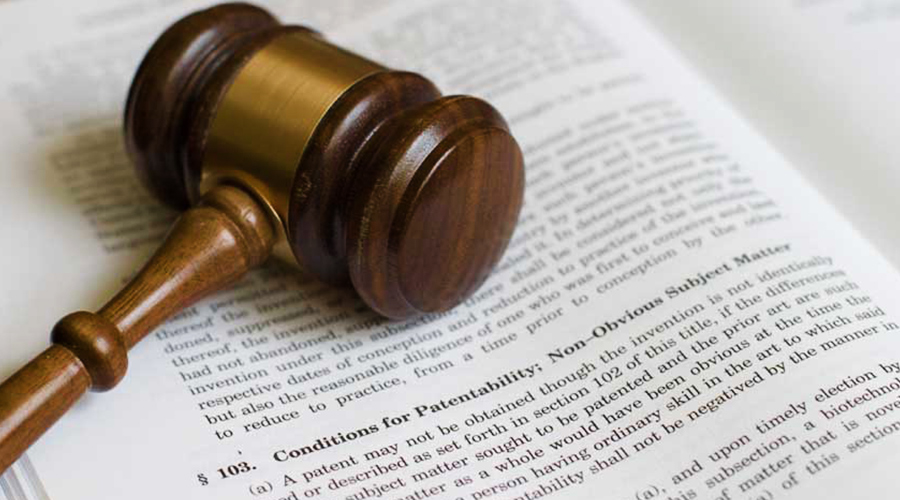The Patent is granted by the sovereign of the country for the Invention claimed by the inventor(s) which gives him/her territorial rights for excluding others from making, using, selling, offering to sell or for importing. To get the granted Patent, which is essential for the enforceability, every country has its criteria to judge the invention. Usually, Novelty, Inventive Step/Non-Obviousness and Industrial Applicability are the common criteria for judging an invention.
For the Patent to be granted, an invention should be a product, or process that has:




From the above discussion, it is clear that the granted Patent requires lots of checks and clearances. Every Government judges the claimed invention by its established law or rule or criteria. Therefore, it is worth to check and follow the country-specific Patentability requirement in order to avoid the rejection of a filed Patent application from the Patent office.
Check the Patentability of your Invention with our customer support and book your session!
Mon - Fri 9.30AM - 6.30PM

 Patent Calculator
Patent Calculator